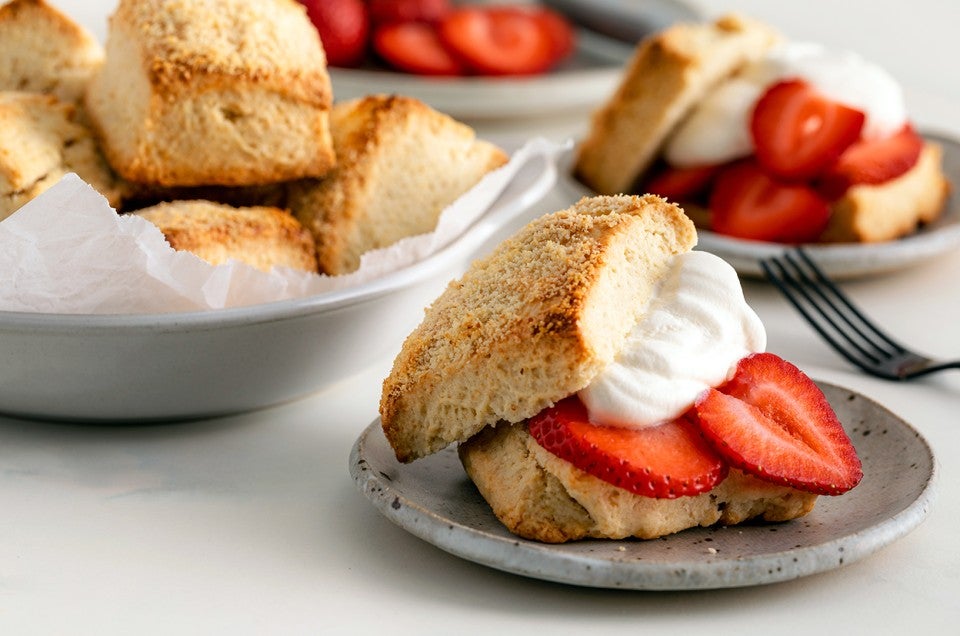



Our regular column featuring 5 things you should know about baking: from tips to tools to questions you're always asking yourself in the kitchen.
* * *
You have a couple of quarts of beautiful deep-red strawberries from an excursion to the pick-your-own farm. Or you simply couldn’t resist that basket of fresh raspberries from the farmers’ market. And those blush-red and yellow peaches at their perfect peak of ripeness — they’re calling your name. And now you’re thinking the next step is to bake that fruit into a pie or crisp, or maybe muffins.
Wait, what? Take those beautiful fruits, with their ethereal just-picked flavor and crisp-yet-yielding texture, and bake them into a swimming sea of juice and soft sediment? Perish the thought.
Don’t get me wrong; I love a juicy peach pie or a good summer berry crisp. But honestly, if I’ve come into a fresh supply of summer’s delicate fruits and berries, I hate to “waste” them in something baked. Why mess with perfection? The star of the show should be the fruit in all its sweet, fresh glory, not the crust, cake, or muffin around it.
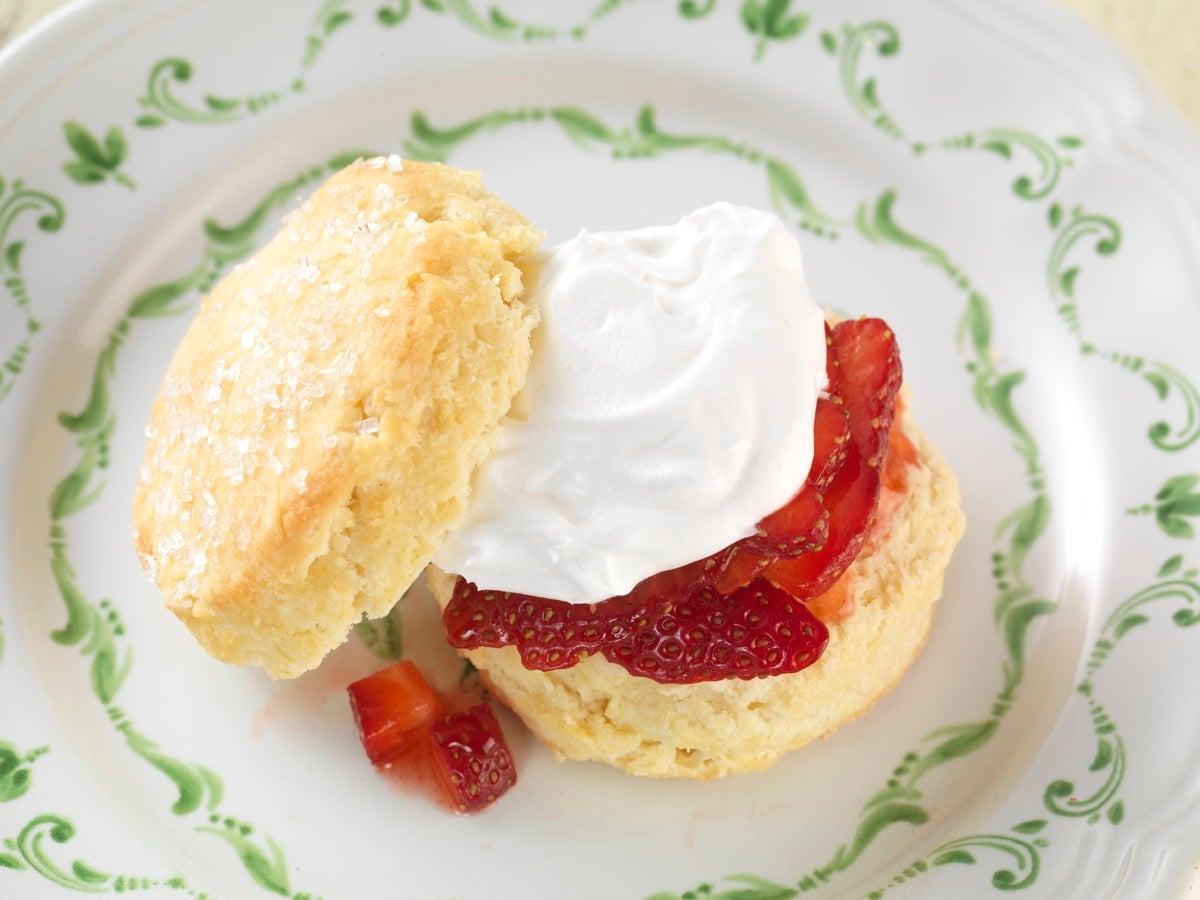
Shortcake, everyone’s nostalgic summertime treat, pairs a buttery, fork-tender biscuit with fresh (uncooked) fruit and whipped cream. Period.
You can’t go wrong with a dessert this simple. Still, there are a few things you’ll want to keep in mind in order to make your best summer shortcakes ever.
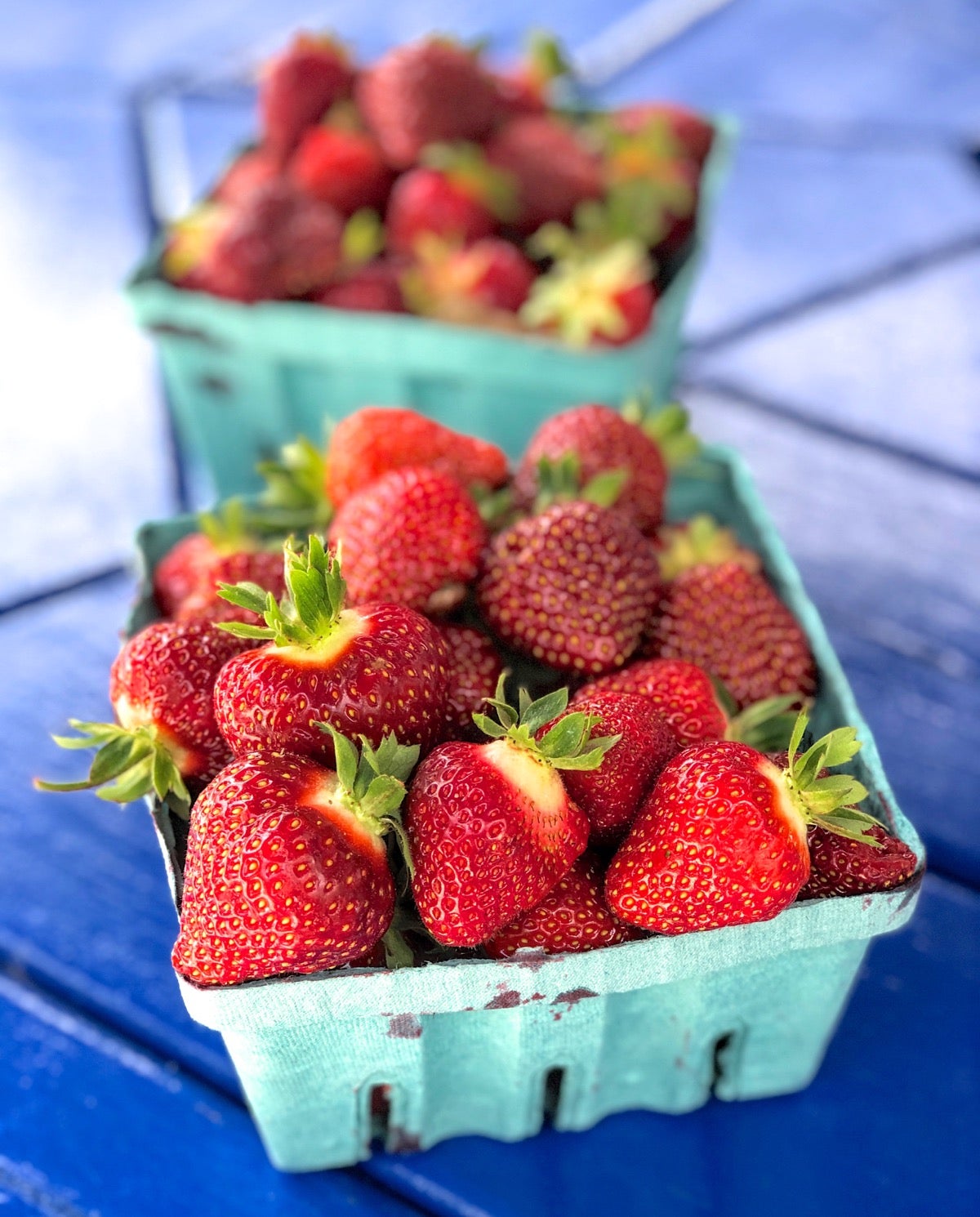
Whether you go with diced (or tiny wild) strawberries, raspberries, blackberries, blueberries, or one of the stone fruits, make fruit the star of the shortcake show.
Remember, quality in, quality out. Use the very best fruit you can find: ripe but not overripe, and as fresh as possible. Flavor fades as fresh fruit sits; for best results, have your biscuits ready when you come home from berry-picking.
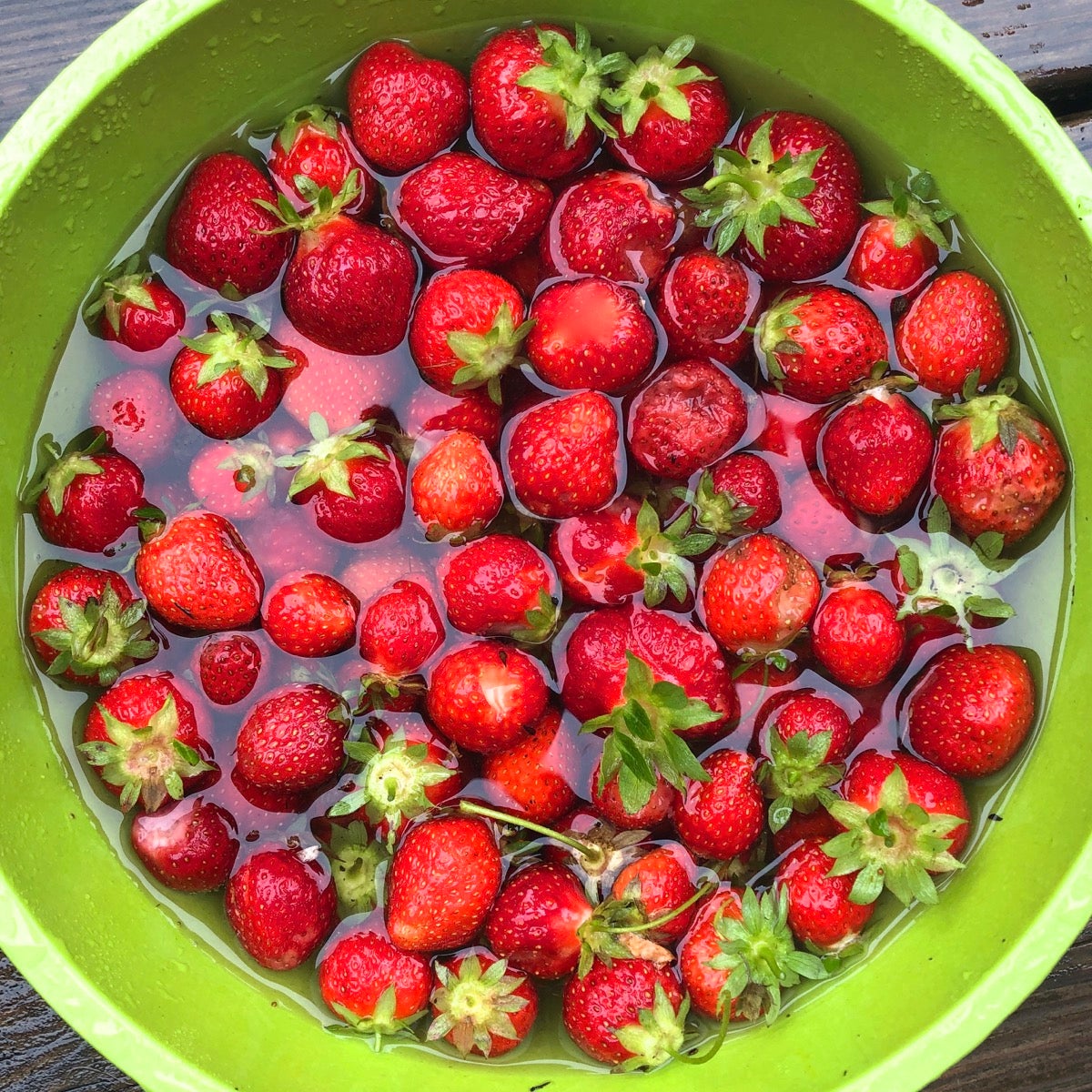
Tip: If your schedule just doesn’t allow you to use fresh-picked berries ASAP, extend their shelf life with this simple trick: Put the berries in a bowl, fill with cold water nearly to cover, and add a splash (about a tablespoon) of white or apple cider vinegar. Swirl the berries in the vinegar water, let them sit 5 minutes, then drain and place on an absorbent towel to dry. The vinegar helps kill any mold spores, which can hasten the berries’ demise.
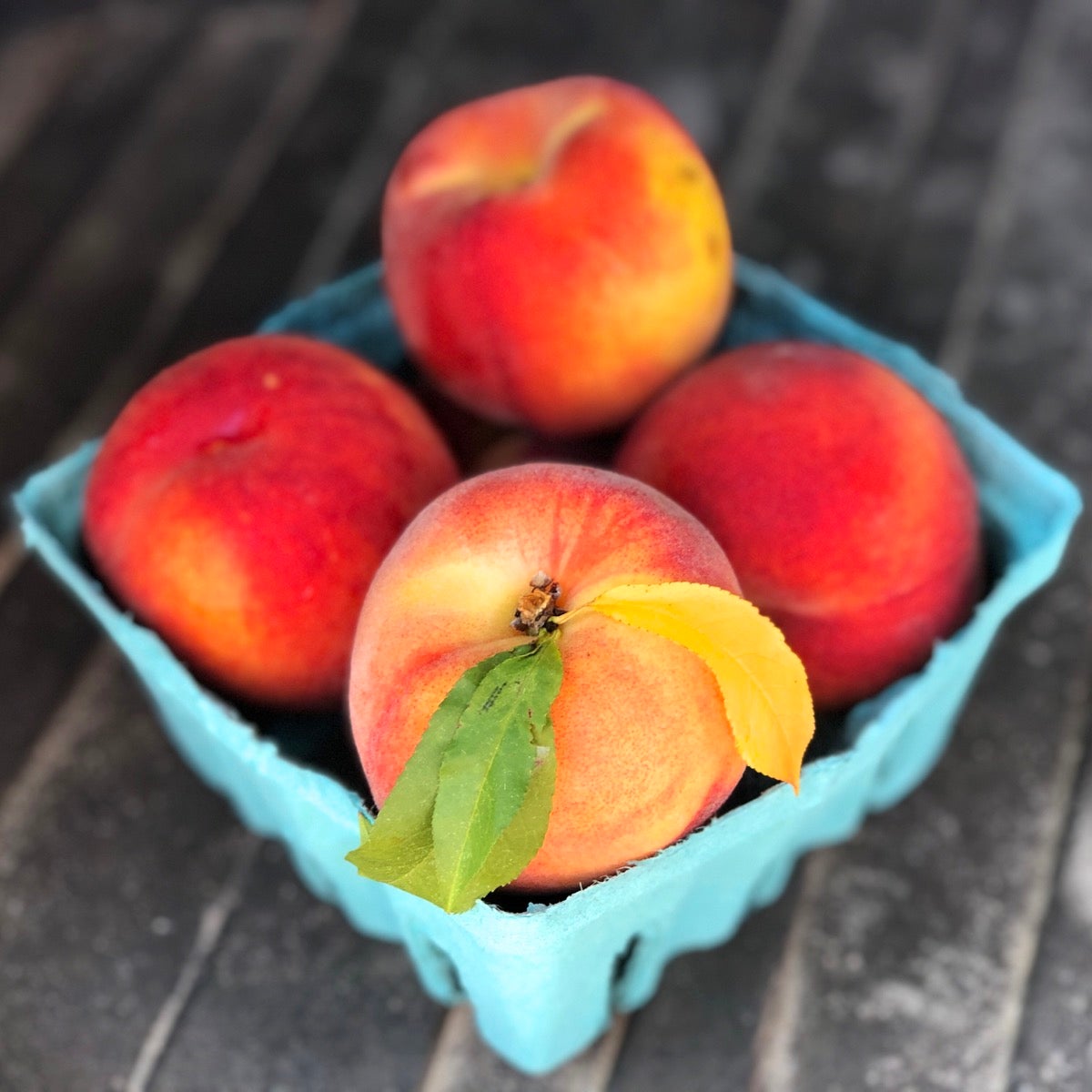
While strawberry is far and away shortcake’s most famous incarnation, don’t ignore the other ripe berries taking their brief summertime star turns: blackberries, raspberries, and blueberries all make delicious shortcake.
And when it comes to a perfectly ripe peach, what better way to showcase it than diced atop a biscuit under a thick layer of whipped cream? Even red or black plums can be used for shortcake — as can diced kiwi fruit.
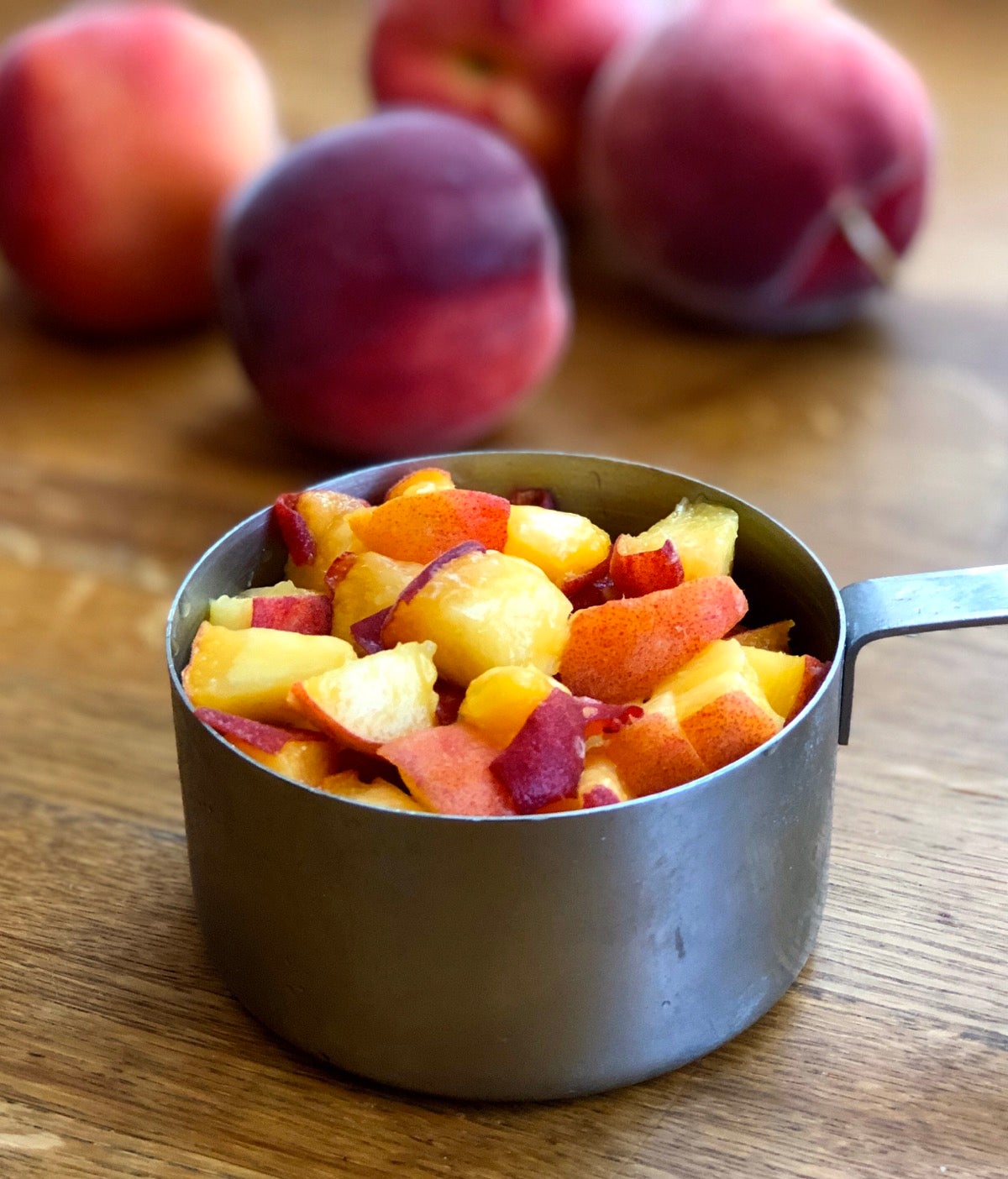
Tip: If you don’t mind a bit of texture, leave the skin on your plums and peaches: It offers additional flavor and bright color (plus fiber). If you’re determined to lose the peel, though, here’s the best way to peel a peach.
Unlike most desserts, where sugar often plays a role in texture as well as flavor, shortcake can successfully be made sugar-free.
The biscuit base usually includes just a touch of sugar and can even be baked sugar-free, if that’s your preference; sugar has no bearing on the biscuit’s structure.
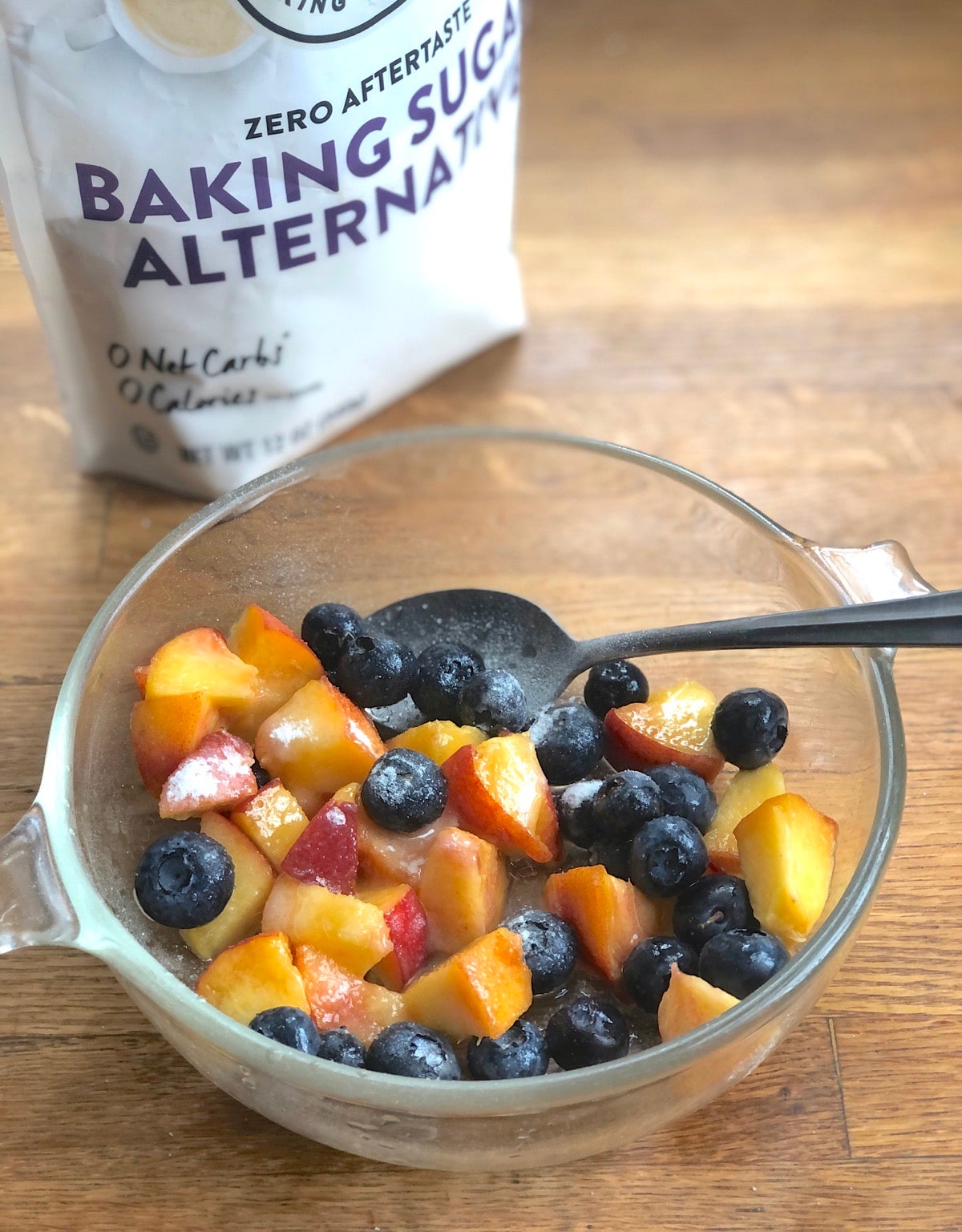
Berries or diced fruit can be sweetened to taste: If your fruit is super-sweet, you may think you don’t need any sugar at all. But since sugar (like salt) is a flavor enhancer — and also encourages the fruit to release its juices — I wouldn’t advise leaving it out entirely. Just the merest sprinkle of sugar on your berries or diced stone fruits (plus a sprinkle of lemon juice) will up their flavor amazingly.
Whipped cream includes natural milk sugars, but a sprinkle of granulated or superfine sugar will intensify its natural sweetness. A splash of vanilla (or touch of almond) also signals “sweet” to your brain, so don’t be afraid to add those extracts.
Tip: Baking Sugar Alternative is a great substitute for granulated sugar here. It bakes like sugar in biscuits, and dissolves readily on fruit or in cream, adding sweetness but not carbs. Win-win!
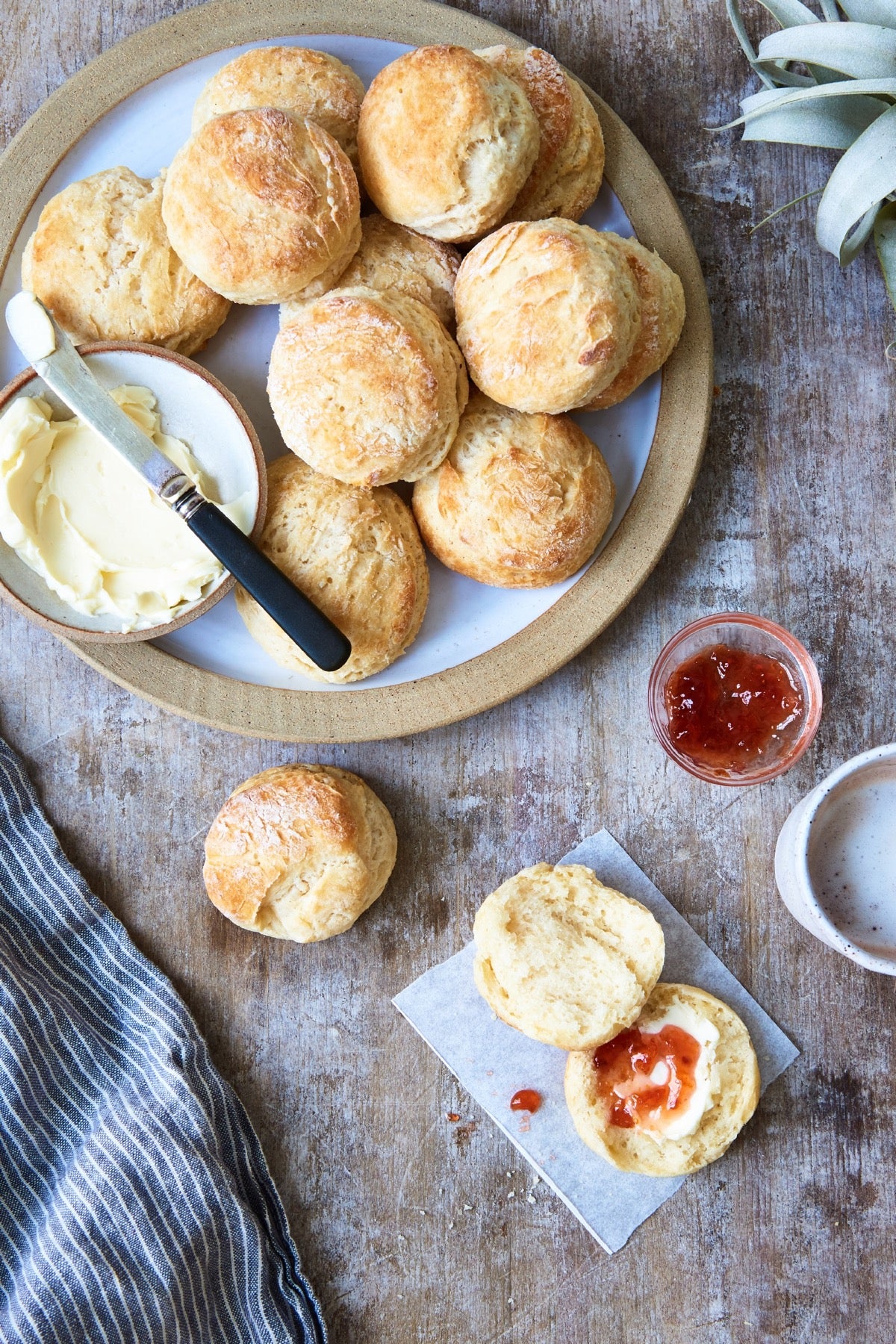
What’s the difference between a shortcake and a biscuit? Not much. Ditto scones: While they vary in degree of richness, all three of these “small cakes” will make dynamite fruit shortcakes.
Make the base for your fruit following a traditional shortcake recipe, if you like. But cruising through the biscuit and scone recipes on this site will also provide you with a wealth of imaginative alternatives:
Lemon Cornmeal Biscuits (pictured at the top of this post): Cornmeal adds a bit of crunch, and lemon complements the flavor of any fruit you choose to pair with these tasty biscuits.
Angel Biscuits: Part yeast roll, part biscuit, these hold their soft-yet-crisp texture better than most straight biscuits. Choose these if you want to make your biscuit base a day or so ahead.
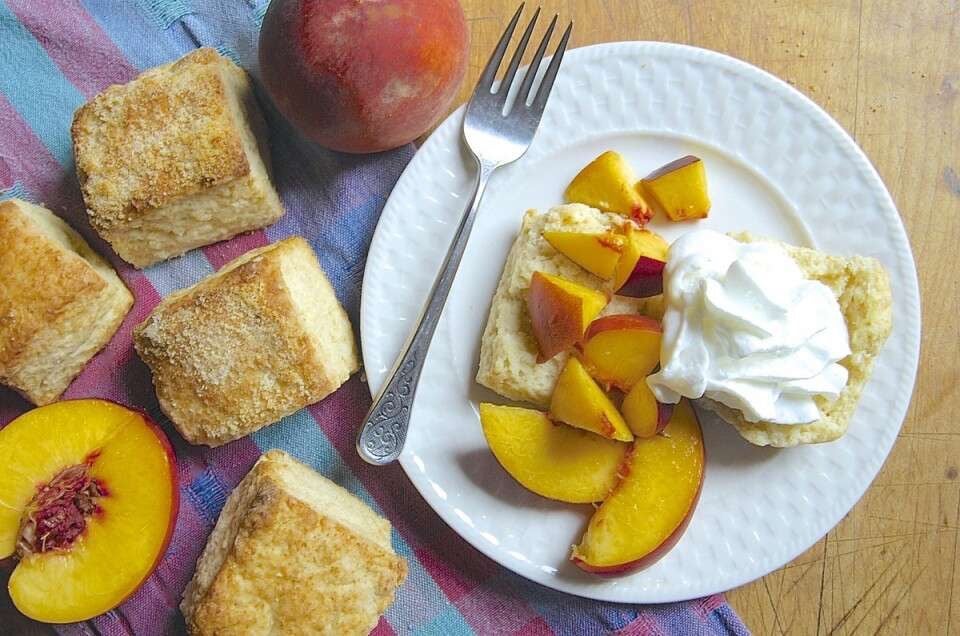
Almond Flour Shortcakes: These tender, moist shortcakes feature slightly nutty flavor and rich mouthfeel from their almond flour. A thin layer of almond flour on top adds a hint of crunch.
Cream Tea Scones: Tender to the point of crumbling under your fork, these scones are the perfect sponge for berry juice and rivulets of whipped cream.
Tender Peach Scones: Of course.
Tip: Shortcake doesn’t have to start with biscuits; many of you prefer the equally traditional yellow cake cups. Molly, a member of our test kitchen team, says, “I added some Fiori di Sicilia to our Olive Oil Bundt Cake recipe and baked it in a MaryAnn pan. I finally got to a berry patch on Friday afternoon, and those little cakes were the perfect vehicle for strawberry shortcake!”
Shortcake is an ideal coda to any summer meal, but what if that meal involves candlelight and sangria? You’ll want it to end with something a bit more elegant: shortcake trifle. While trifle is usually made in a large glass bowl, you can also make sweet individual servings. Here’s how:
The layers of biscuit, cream, and colorful fruit stacked one atop the next in trifle are an irresistible finish to your casual-yet-elegant summer dinner party.
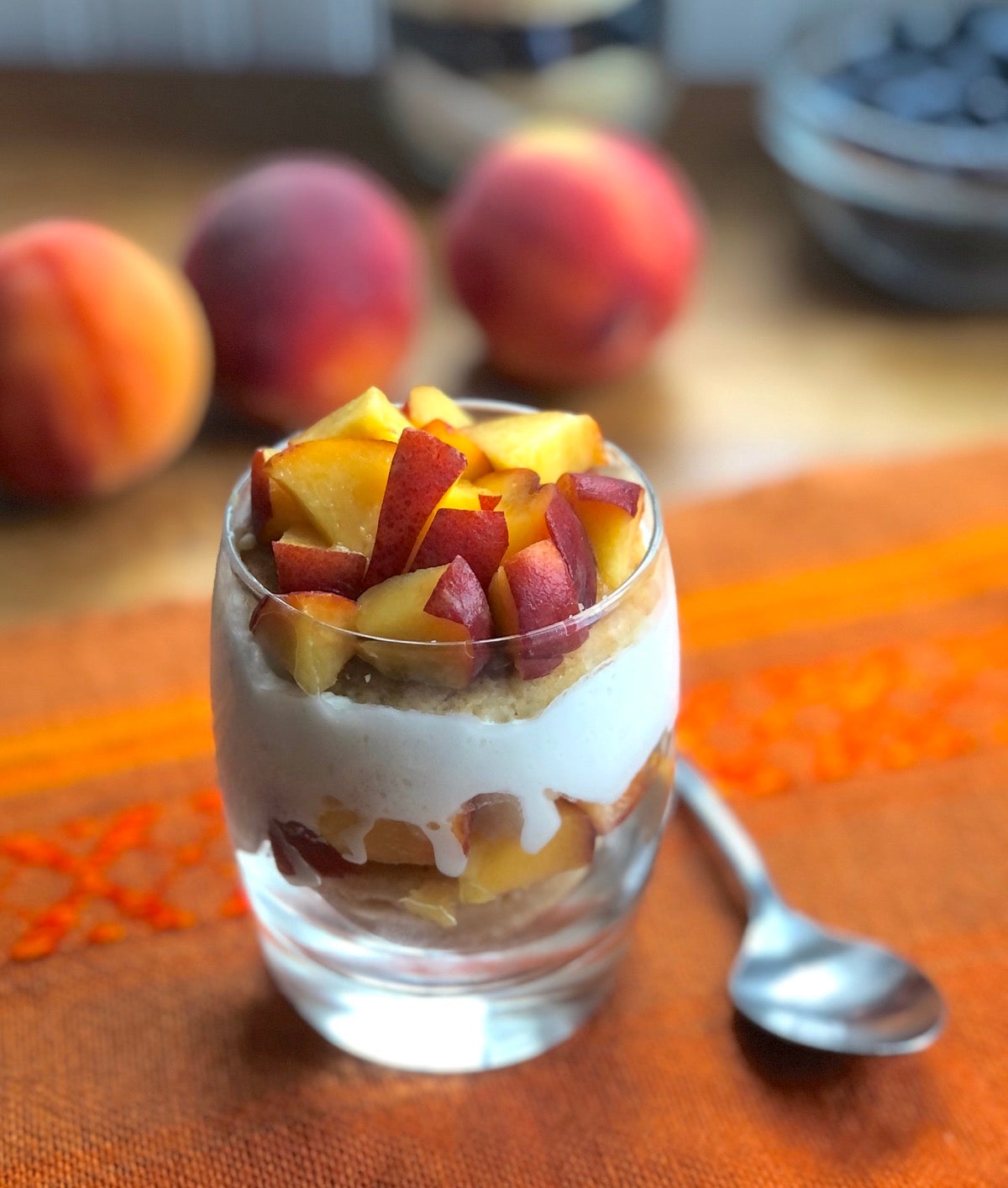
Tip: To preserve the distinct layers in your individual trifles, mix Instant ClearJel into your whipped cream to stabilize — which will prevent the cream from softening and soaking into any layers below. For each cup of heavy cream, mix 1 tablespoon ClearJel with 1 tablespoon granulated sugar (or Baking Sugar Alternative) and sprinkle into cream once you’ve whipped it to the point of holding a soft peak. Continue to whip the cream until it’s as stiff as you like.
Are you eating gluten-free? Don't worry, we've got you covered! Make any of the above recipes gluten-free by substituting our Gluten-Free Measure for Measure Flour 1:1 for the all-purpose flour called for. Or if Gluten-Free All-Purpose Flour is in your pantry, try these Easy Gluten-Free Shortcakes. As always, make sure all of the ingredients in your recipe (beyond flour) are also gluten-free.
Cover photo by Shilpa Iyer.